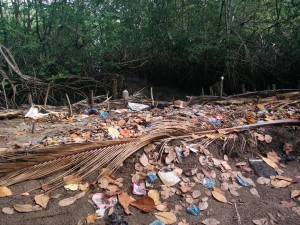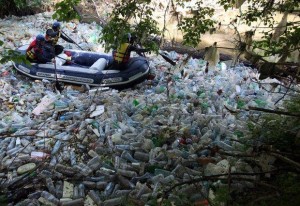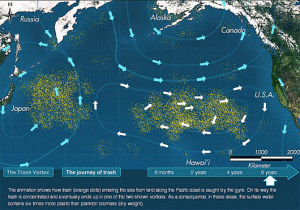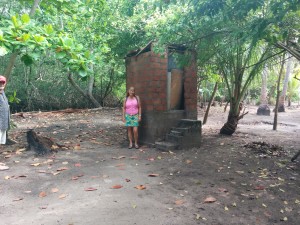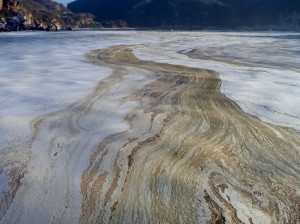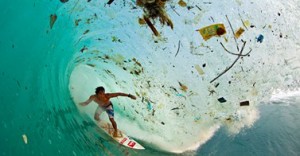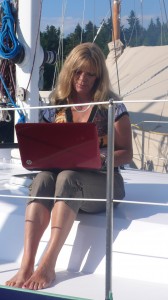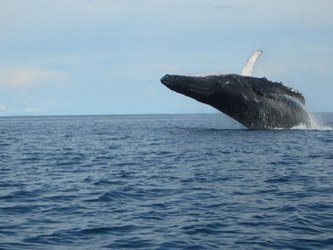My eldest son Sam, who lives in London, England, is the most knowledgeable person I know in the field of sustainability. He’s been a business consultant for over a decade, advising multinational companies on innovative methods of making their buildings and business environments more sustainable. London is world leader in this field. I could listen to him speak on the topic of sustainability and the future of the planet (climate change/carbon emissions) every waking hour.
Last September, we were casually chatting in his kitchen about global carbon targets and societies’ willingness (or not) to cooperate in reaching the emission targets established in the 2015 Paris Accord. He frankly said, “If we don’t make a major shift in our behaviour soon, then the planet will do it for us.” It took a few seconds for me to digest the impact of this statement. What mysterious doom and gloom scenario is lurking and ready to pounce? Just three months later the onset of a new and deadly coronavirus began paralysing the globe.
When I spoke with Sam yesterday he commented that every office building in the entire city of London is empty. This is incomprehensible. London is the business capital of the world, and it’s empty.
What’s important is that Sam, together with the best and brightest in the world – global business leaders in many capacities of life – are working 24/7 these days from their home conferencing centers to capture this monumental opportunity towards developing strategies to fix the planet. We are entering a new paradigm of environmental change and it’s incredibly exciting. Time is of essence. The world has stopped, and if there’s ever a time in this global society to move forward with the implementation of corrective strategies for the planet, it’s now. This is not to say that they’re all doing happy dances in their living rooms. This is serious business.
Another fascinating revelation is that in just a few short weeks of social distancing and the shut down of most businesses throughout the world (albeit certain countries have more stringent protocol than others), people in cities and regions of the world that have been engulfed in smog for decades are finally seeing the sky for the first time. My Sherpa Chhiring in Kathmandu just wrote with genuine excitement that he could see the surrounding Himalaya mountains from his home. When we visited two years ago we had to wear face masks to avoid the pollution. Dolphins have been seen in the canals of Venice. I’m not sure if it’s a social media joke but last week I saw a photo of a lion wandering the streets of Moscow.
We must use this time to reinvent a new social paradigm that allows all species to thrive and live on this precious planet together. Life will be different when the (virus) dust settles. We’ll be far more compassionate towards our cherished loved ones and friends. We have learned to work, shop, socialize and school online. The cruise ship industry will likely not be a travel option, and the entire travel industry will be transformed. And so on…
It’s imperative that we make new thoughtful considerations and measures about how we develop social norms going forward; because our behaviour in the past didn’t work. Our planet has been dying for the past 3 decades – ironically when hippies became yuppies. No environmental agency, no United Nations, no Greta Thornberg, no son Sam – no one was able to convince the world and effect sufficient changes to ensure that civilization could be sustained at comfortable levels past 2050. The last time I checked, the world was operating at 50% of the Paris Accord targets, and the United Nations has since determined that those targets were too low.
My partner Henry and I are currently sailing on our private sailboat between Acapulco, Mexico and Huatulco on the southern coast. When Canada repatriated citizens to return home immediately, we made a monumental decision to stay in Mexico aboard our comfortable 43-foot catamaran. We are self-sufficient on our boat, and make our own (solar) power and water. Our 15 years of offshore sailing and over 200,000 ocean miles is an excellent prerequisite for social isolation protocol (although we’re not introverts). When we made this decision we were well aware that flights home would ultimately become problematic, and that Mexico’s infestation of the virus had probably not fully unfolded. Mostly, while we respected the protocol to return home, we envisioned horribly crowded airports and airplanes and simply didn’t want the exposure. Apparently, over 1 million people returned to Canada during that 3-week period of repatriation from every corner of the globe – and many regions that had high concentrations of the virus.
Mexico has terrific communication along the coastline which allows us to be connected 90% of the time. While we have immersed ourselves in understanding the coronavirus and the latest research, it’s possible that our viewpoint is slightly skewed insofar as we are at a distance from the intensity surrounding the virus in a typical local community. We read the horrific stories of virus victims and care workers and fully sympathize; however, since we’re witnessing these experiences from afar our perspective is different.
Notwithstanding the current challenges taking place around the globe, we must, as a society look beyond these unusual circumstances and re-invent the way we think and behave. Stop. Use this precious time to evaluate the luxuries that you can live without. Capitalize on this isolation time to make the world a better place – not only for humanity but for every living species. Think about every single carbon usage and whether it’s important. Expect life to be different, and make those changes now. Otherwise, this entire crisis is wasted and sets us back to dangerous carbon levels.
There is always a silver lining. This chapter in history will likely be recorded as the very worst and the very best. The very worst for humanity; and the very best for the planet.

